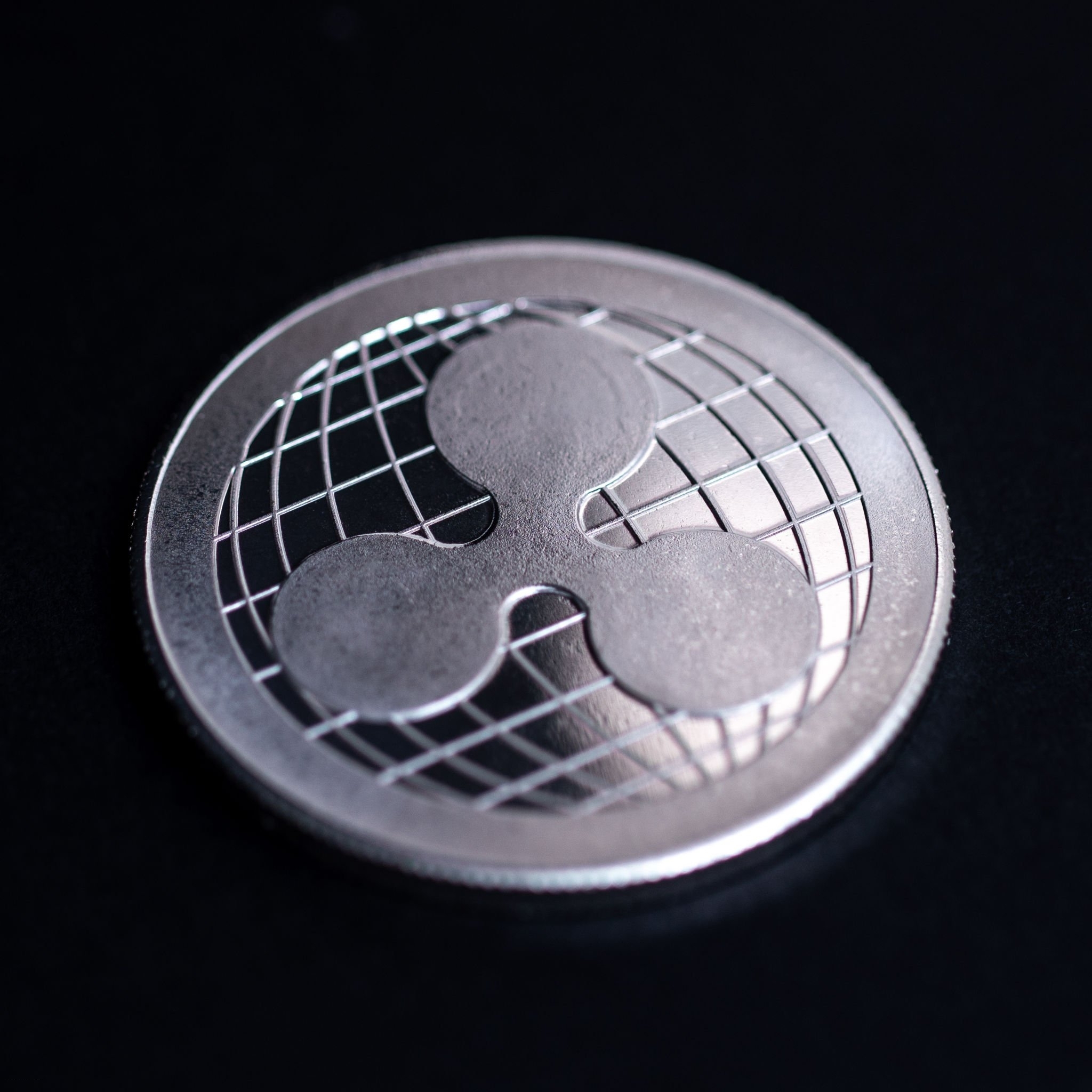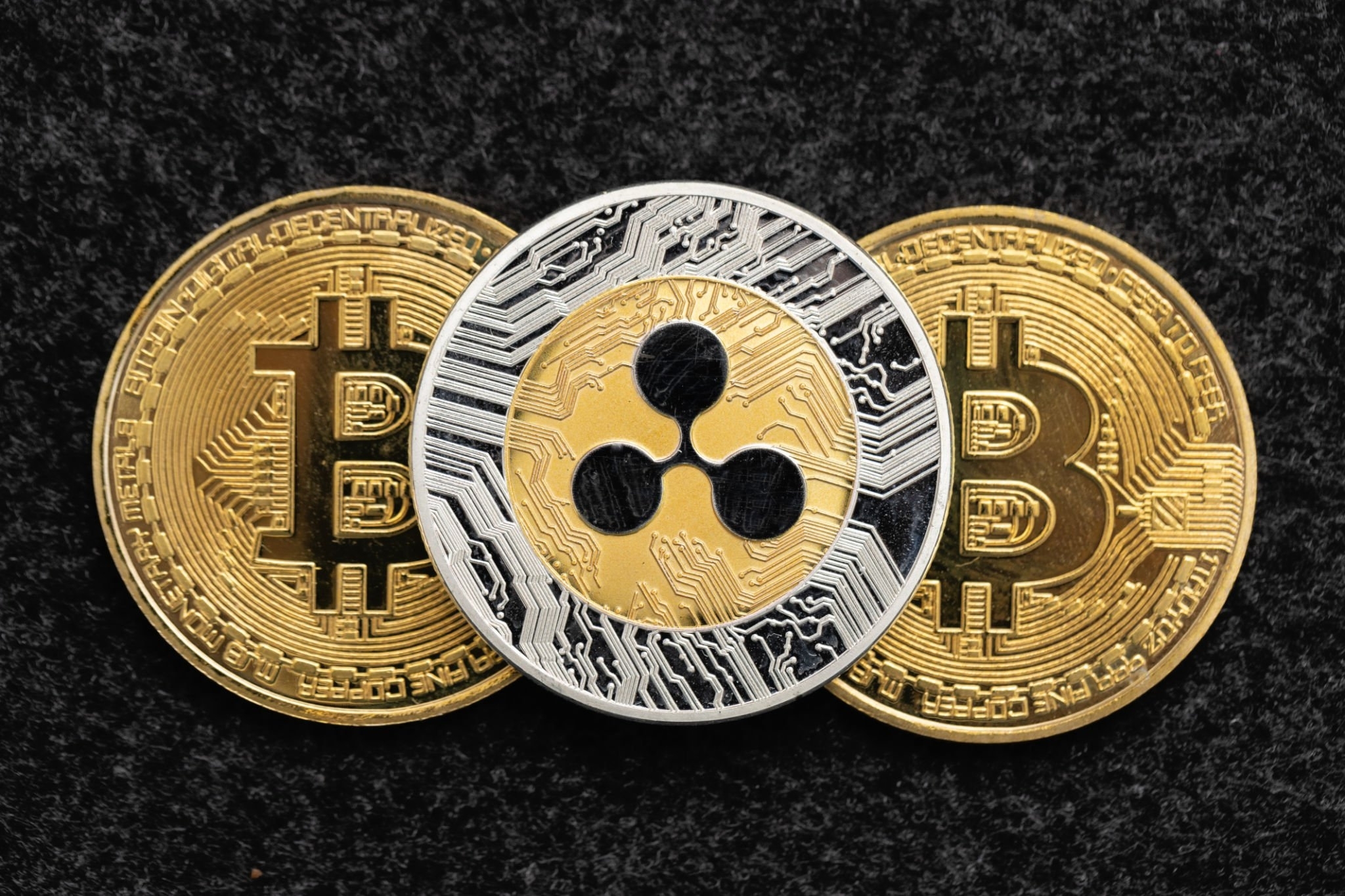
Ripple’s Blockchain and How Smart Contracts and Digital Tokens Work.

Ripple is a payment network that uses blockchain technology to enable global payments. But there’s a lot more to it than that: It also uses digital tokens called XRP (XRP) as well as smart contracts to enable peer-to-peer payments and the exchange of other assets. In this article, we’ll explore how these features work together in the Ripple network and why they’re important for investors looking at investing in XRP or any other cryptocurrency made by Ripple Labs Inc., Inc.).
The Ripple network is not a blockchain.
The Ripple network is a payment protocol and distributed ledger, but it’s not a blockchain. The Ripple network uses a different consensus algorithm to validate transactions than that used by Bitcoin and Ethereum. The reason for this is that XRP has been designed as an asset rather than as currency (as coins like bitcoin and Ethereum are). This means that there’s no need for miners on the network—instead, all validators are paid in XRP tokens when they join the network!
As you might expect from its name alone: Unlike other cryptocurrencies such as bitcoin or litecoin where transactions are stored in blocks on chains called “blocks” (hence their name), XRP uses something called “ledgers” instead which hold records about who owns what asset at any given time.
Smart contracts are not real contracts.
Smart contracts are not legally binding. Smart contracts are not a new concept, and they’re certainly not a new technology or a new way of doing business. They have been around for decades, but most people don’t know that because they’re so far removed from their everyday lives—they’ve become invisible to us as we pass them by without noticing them at all!
XRP is not a digital token.
XRP is a digital asset, but it’s not a cryptocurrency. It’s also not a token or an altcoin. XRP is a digital asset that can be used to send money globally, and that’s what makes it so special.
Ripple’s technology works differently than Bitcoin and other cryptocurrencies.
Ripple’s technology is not a blockchain, nor a cryptocurrency. It also does not have smart contracts or digital tokens attached to it. Instead, Ripple uses the Interledger Protocol (ILP) to connect different payment networks to make transactions faster and cheaper than ever before.
The ILP allows users to send money across different payment systems including Bitcoin, Ethereum, and other cryptocurrencies through an intermediary called an “enabler.” The enabler handles all of the transactions between the two parties involved in sending money through their respective networks – so if you want to pay someone in Spain with euros but they want dollars instead of euros then this enabler will hold your funds until they’re exchanged into dollars at their bank account before releasing them back into yours again once both sides have confirmed that everything went smoothly with no issues along the way!
Conclusion
This post has been a bit of a whirlwind tour of Ripple technology, and it’s time to wrap things up with a look at what it all means for consumers. As you can see, there are some significant differences between Ripple’s technology and that of other cryptocurrencies such as Bitcoin or Ethereum. But these two platforms are not mutually exclusive; in fact, they work together to make cross-border payments faster and more secure than ever before. And if you’re looking for more information about how exactly this all works? We’ve got plenty of resources available here on our website!